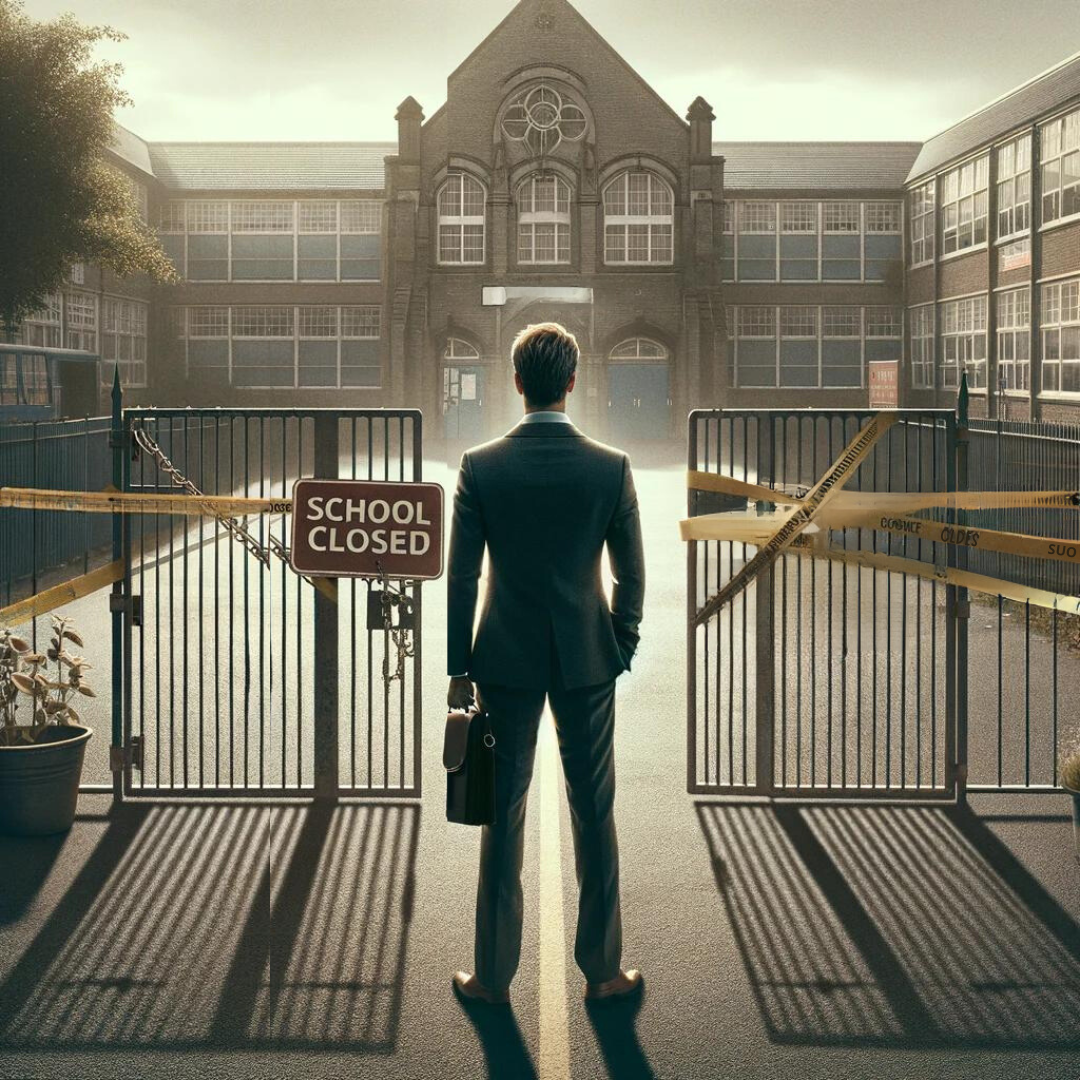Court’s latest order shows why McCleary process is not working
On October 6th, the state supreme court issued its 12th order in the nine-year-old McCleary school funding case. This latest order continues the $100,000 per day sanctions the court imposed on the legislature in August of 2015, and now amounts to $41 million (the money goes to education spending). A normal contempt order is one sentence. Chief Justice Madsen’s newest order is 14 pages, and reads as strident, self-righteous and even a bit desperate. The justices are clearly exasperated that their oversight of education policy, which they adopted in 2012, is not working. The court’s sanctions strategy appears to have reached a dead end, and the justices perhaps fear that the future legislature, to be selected by voters in a few weeks, may ignore them.
In reading the order, Justice Madsen’s frustration comes through. On page 4 she says the legislature provided only “some funding” in the 2015 budget for increased public education. Actually the 2015 Legislature provided $2.9 billion more for the schools, an historic increase of 19 percent, which, on top of the 2013 legislature’s increase of $1.7 billion, expanded the program of education by 34 per cent. Education spending today is higher than at any point in state history. Taxpayers now provide $13,000 per student per year, about twice the level of private school tuition.
Any fair-minded judge would have recognized this remarkable achievement, not belittled or diminished the sacrifices working families make to fund public schools. Any honest appraisal of the enacted 2015 and 2013 education budgets would have led the court to lift its sanctions, realizing that higher education funding had been achieved.
Nevertheless, Justice Madsen tries to direct the education funding in the 2017 Session, even though she does not have the power to write state budgets. Nine times in her order she nags lawmakers to show how to put more tax money into education, when it’s obvious the only way the legislature funds anything is by taking money from the working people of our state.
Four times she calls for “regular and dependable” revenue, code words for imposing a new tax, when current revenue is already rising. Justice Madsen’s finger-wagging treats lawmakers, the people’s elected representatives, like children, when the court itself has created the current McCleary mess.
For Justice Madsen to say the Legislature has not funded basic education, when the Legislature has expanded education by 34 percent, makes no sense to the average citizen and taxpayer in Washington. People keep paying more and the justices continue to complain.
In McCleary, the Court has violated the Constitution’s separation of powers doctrine by commandeering the state budget. This is not the only example of the injudicious behavior of this Court. Last fall this Court tried to close charter schools to 1,200 low-income and minority children. Five pages of their charter school ruling were drafted by the WEA union’s brief. Lawmakers revolted and passed a bill that funded and saved charter schools.
In education cases the court’s actions appear less than impartial. Seven of the nine justices on the state supreme court accepted donations from the WEA union during their election campaigns. Increasingly, McCleary and the charter school rulings look like payback in return for WEA union support.
Meanwhile, Governor Inslee proudly points to the $5.4 billion he and the legislature have added to K-12 schools and higher education. The next step to improve the quality of education students receive is to reform the way this money is being spent in the schools. By any measure public schools are well funded, but they need better management policies. For Washington Policy Center’s positive suggestions, see Chapter Five of our new Policy Guide.




